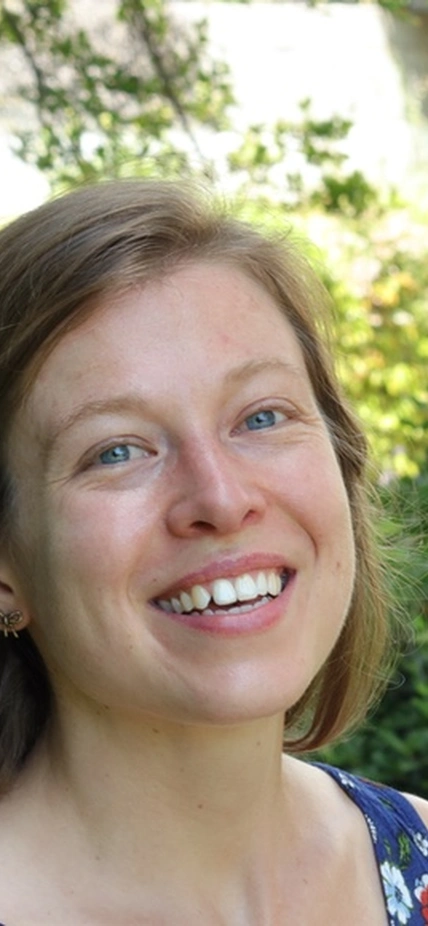
What questions are you pursuing in your career?
My work is centered on investigating the evolution of binary stars — stars that are in such close orbit with a companion star that stellar material is exchanged between the stars. I am particularly interested in how these interacting binary stars can affect their surroundings, both in the star cluster in which they formed and at intergalactic distances. Most massive stars have a binary companion (meaning that what happens in binary systems will happen to most stars), yet for a long time science has focussed primarily on single stars. The interaction in binary stars can produce stars that are stripped of their outer layers, leaving the hot and compact helium core of the star exposed. Such “stripped stars” emit very energetic radiation that can hinder other stars from forming and change the appearance of galaxies. I am drawn to study binary stars because they affect a variety of astrophysical phenomena, such as supernova explosions and gravitational waves. Binary stars could even have played an important role in the early Universe, during a phase known as the reionization. Therefore, I believe that understanding the number and the properties of stripped stars helps us understand how the universe functions.

How is your research done?
Mainly, I create models for the evolution and spectra of binary stars using computing clusters, which are needed when you make computationally heavy simulations. I have also lately become interested in observations because comparing actual observations with my models will tell me whether my model predictions were accurate. I am very much looking forward to going to the Magellan telescopes in Chile in December to take observations.
What is one of your biggest discoveries?
I would not take sole credit for any of my work, since I always work as part of a team of scientists. I think one of our most exciting discoveries was when we used my models to develop an observational technique that we think can be used to find hundreds or maybe even thousands of stripped stars in our nearby galaxies, the Magellanic Clouds.

When did you realize you were interested in astronomy and what path did you take to get there?
I don’t know when I realized that I was interested, actually. At university, I studied physics engineering and before my exchange studies I also had a summer job at a company that creates parts for satellites, which I thought was very cool. I started to study astronomy when I was on a student exchange in Grenoble, France, when I was 22 years old. The exchange studies provided somewhat more freedom in the choice of courses and I took a chance and studied some astronomy, which was not part of my regular engineering physics program. After that, I continued to study astronomy at Lund Observatory in Sweden and eventually decided to take a master’s degree in Astrophysics. After my master’s degree, I was lucky to get a PhD position in Amsterdam, The Netherlands, which was a great experience and I felt encouraged to continue my career in astronomy.
What has the Nashman Fellowship meant to you?
I am very grateful for being granted the theory fellowship at Carnegie Observatories. The position offers more than I expected. I have all I need to pursue my projects, including computing time, connection to the telescopes, and clever and helpful colleagues who work on scientific topics that have interesting connections with my area of research.

